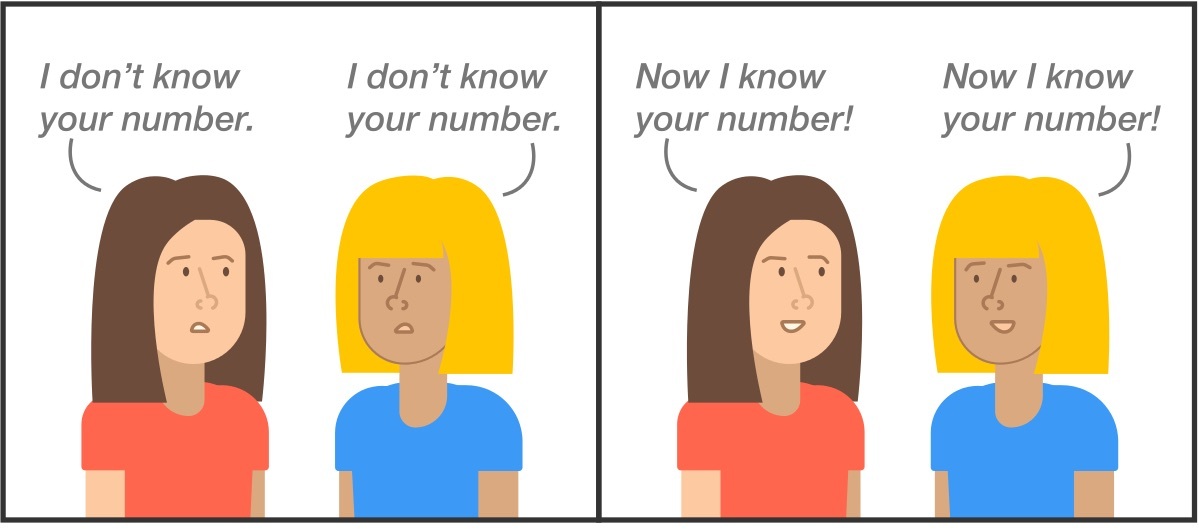Finding "Zebedees's Number" Problem Challenging
This problem was made by: Alex Bellos This is what it said:
Zebedee secretly writes down two consecutive positive integers. Then he tells one of the numbers to Xanthe, and the other number to Yvette (without telling them each other's number, but only telling their numbers are consecutive). The following conversation ensues:

Xanthe: "I don't know your number." Yvette: "I don't know your number." Xanthe: "Now I know your number!" Yvette: "Now I know your number!"
Which of the following must be one of the two numbers? 1,2,3,4,5 or it is not possible to answer. (answer was 3)
I wasn't sure wich was the correct answer. I am also not sure what a consecutive positive integer is. Could someone please explain how this problem works. Thanks!
Easy Math Editor
This discussion board is a place to discuss our Daily Challenges and the math and science related to those challenges. Explanations are more than just a solution — they should explain the steps and thinking strategies that you used to obtain the solution. Comments should further the discussion of math and science.
When posting on Brilliant:
*italics*or_italics_**bold**or__bold__paragraph 1
paragraph 2
[example link](https://brilliant.org)> This is a quote# I indented these lines # 4 spaces, and now they show # up as a code block. print "hello world"\(...\)or\[...\]to ensure proper formatting.2 \times 32^{34}a_{i-1}\frac{2}{3}\sqrt{2}\sum_{i=1}^3\sin \theta\boxed{123}Comments
Let the two numbers be x and y, Xanthe's numbers is x and Yvette's number is y. Since x and y are consecutive positive integers, x+1=y or y+1=x. If x is one, then y only an be 2, since they are positive integers, but Xanthe didn't know first Yvette's number, so x=1. If y=1, then x=2, and if y=2, then x=3, but Yvette didn't know first Xanthne's number, so y=1,2. Next time Xanthne knew the number, x=3, because then y=4 for sure, and if x>3, then there are two cases, so Xanthne wouldn't know it. So x=3, and y=4.
I think you're referring to this question.
If "x" and "x+1" are positive integers, then they are consecutive positive integers as well.
You can look at the solution discussion to see how it's done.
Thank you Áron Bán-Szabó that makes way more sense now.
Thank you also Pi Han Goh for clarifying.